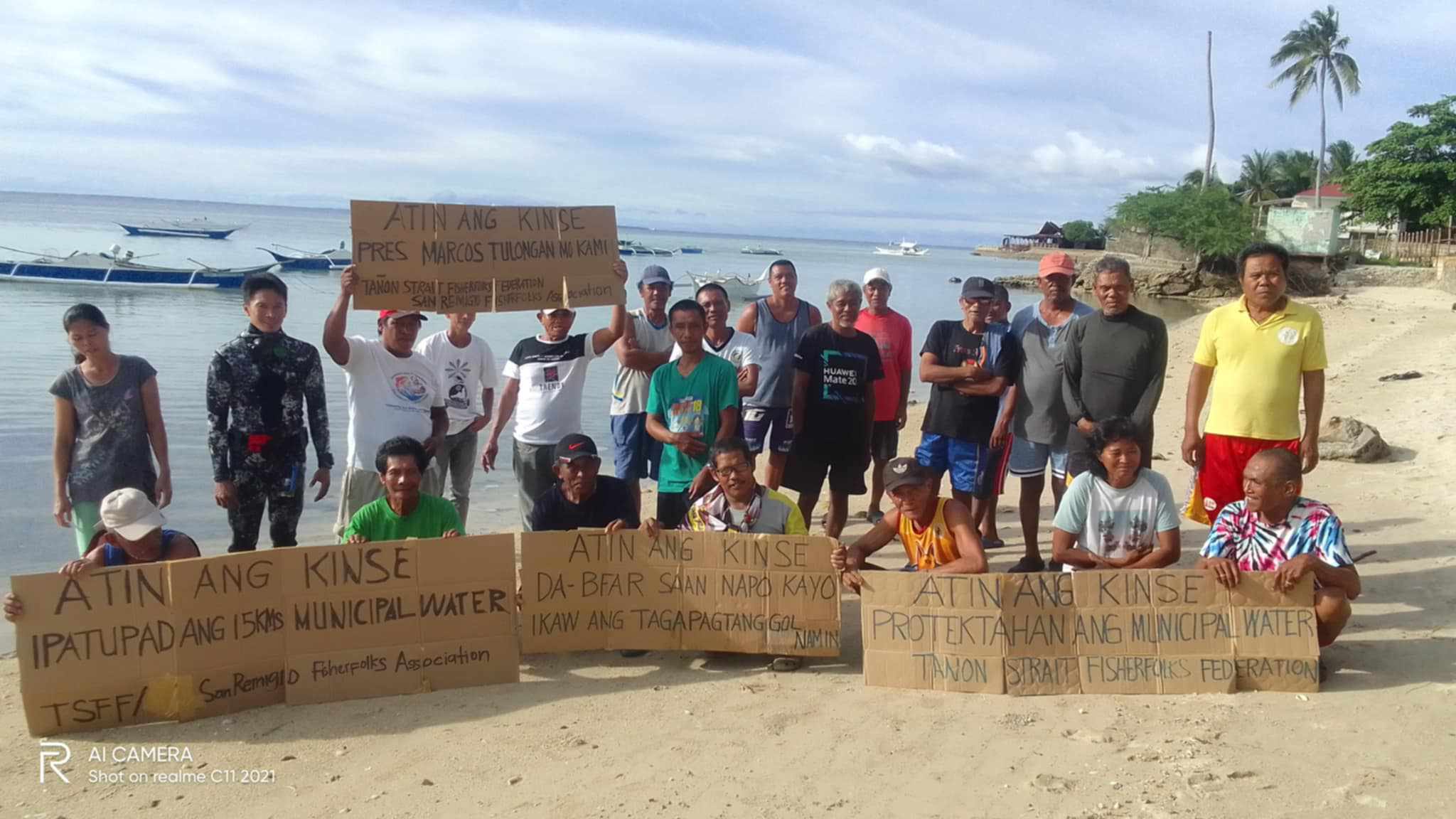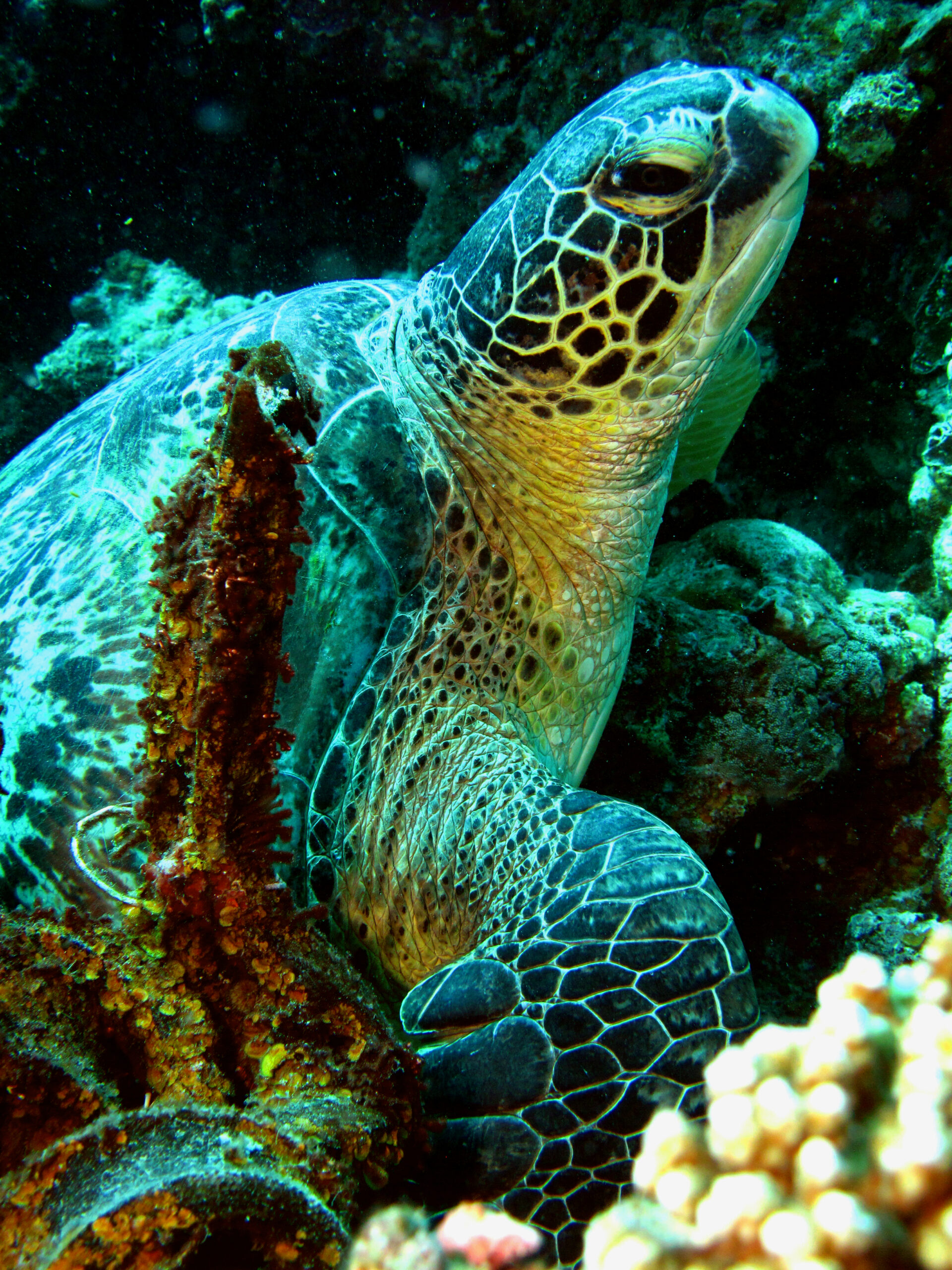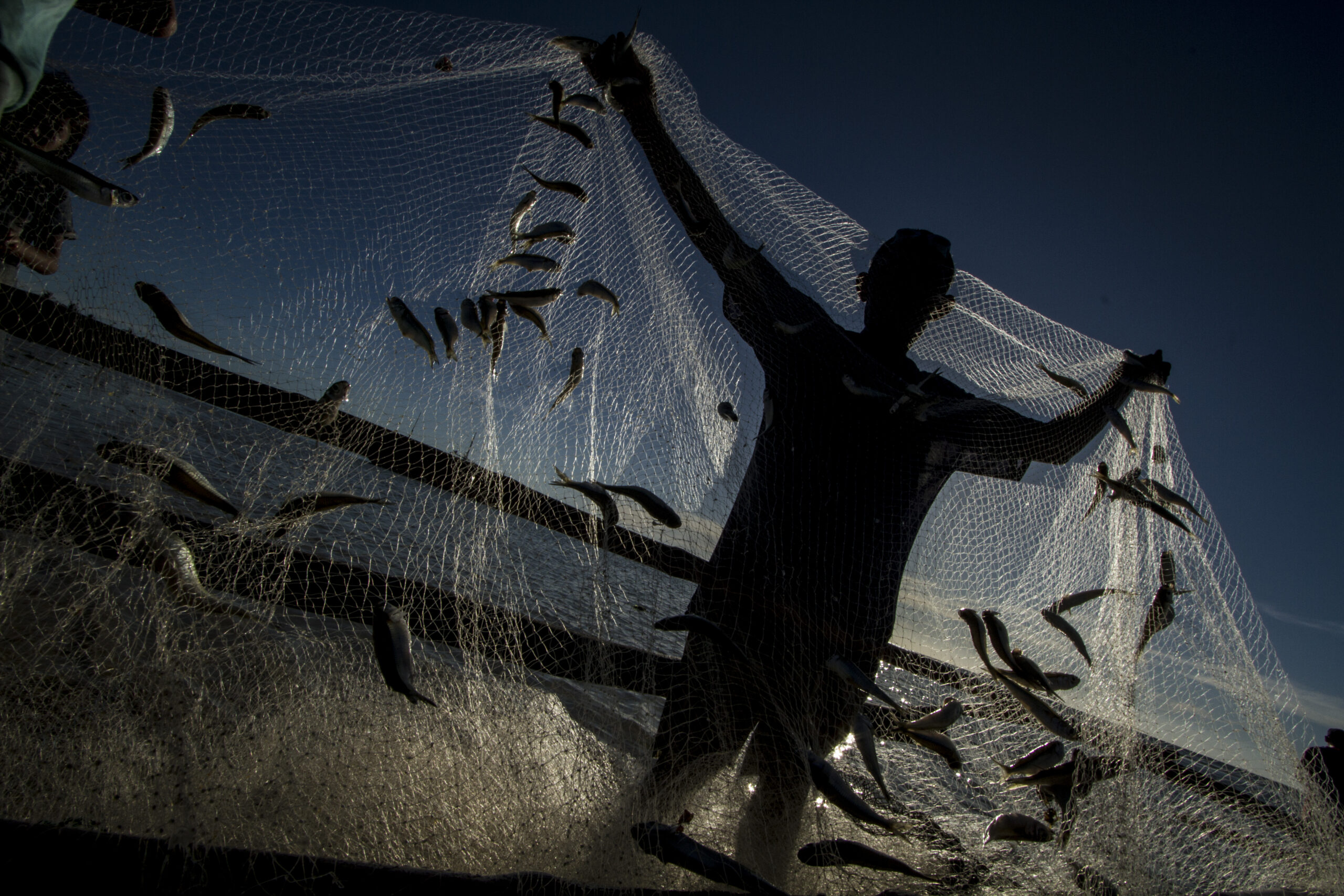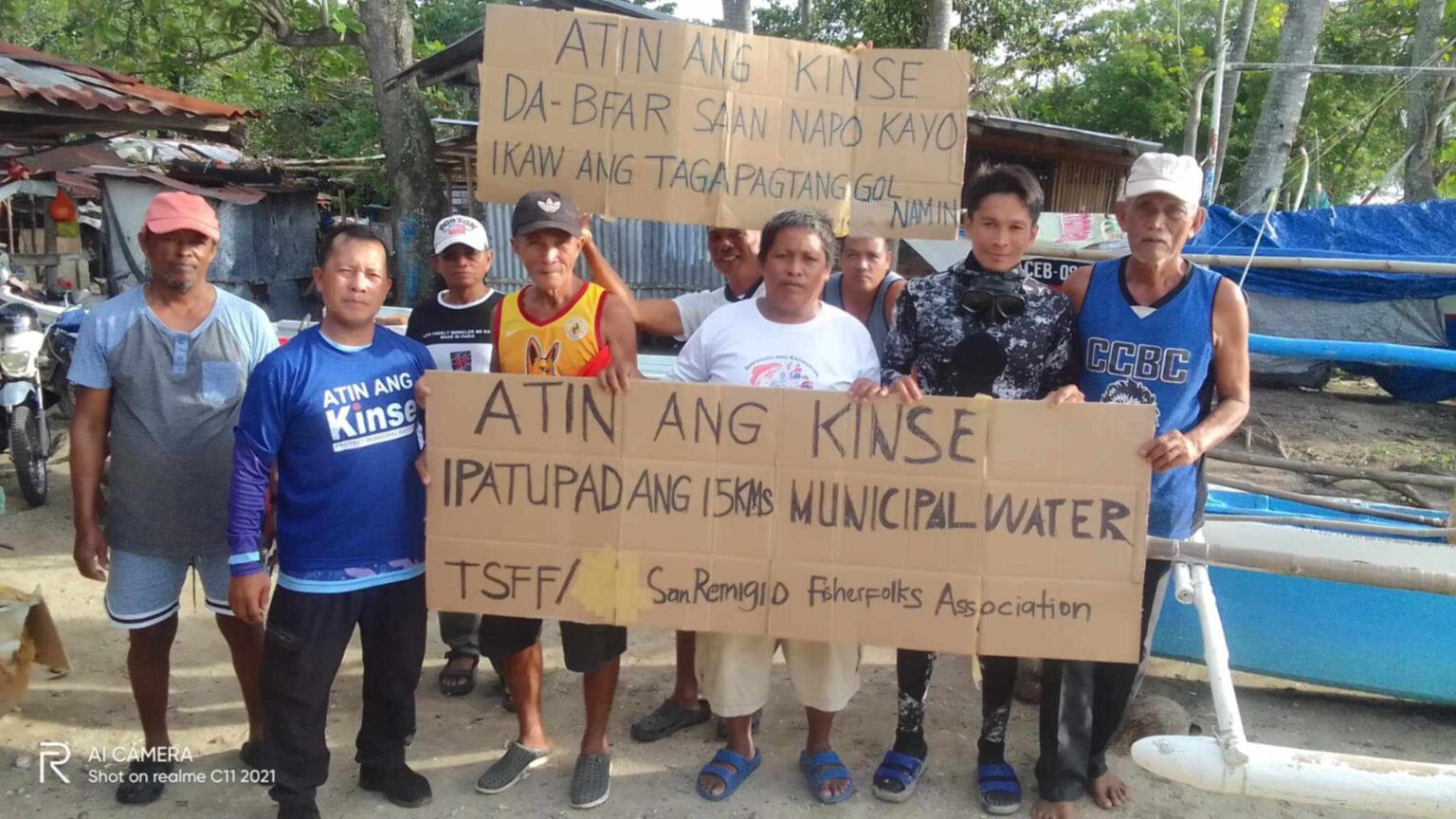
Since its designation as a protected seascape under Presidential Proclamation No. 1234 in 1998, Tañon Strait has suffered from weak enforcement of environmental laws. Illegal fishing, particularly by large commercial fishing vessels, remains a persistent issue. These activities not only deplete fish stocks but also destroy fragile marine ecosystems meant to be safeguarded under the law. The lack of consistent law enforcement and coordination among government agencies has made it difficult to curb these illegal operations. While the Department of Environment and Natural Resources (DENR), the Philippine Coast Guard, and local government units (LGUs) are responsible for enforcing regulations, limited resources and manpower have hindered their ability to monitor and protect the vast marine area effectively.
Despite these challenges, conservation efforts have led to significant progress. Various initiatives have been launched to strengthen law enforcement and marine protection. Organizations like Oceana Philippines have played a key role in supporting the DENR and other agencies by providing training, conducting marine research, and advocating for stricter policies. The Philippine Coast Guard and the Philippine Navy have also stepped up efforts to patrol the waters and prevent illegal fishing. Additionally, the creation of “Park Rangers” has improved localized monitoring, ensuring that protected areas are watched over more consistently.

Another major milestone has been the development of a Tañon Strait Management Plan, which was created through extensive consultations with stakeholders, including fisherfolk, scientists, government officials, and environmental advocates. This plan provides a clear framework for enforcement strategies, conservation programs, and sustainable livelihood initiatives for communities that depend on the strait for their survival. In addition, the introduction of special prosecutors from the Department of Justice (DOJ) to handle environmental cases has significantly improved the prosecution of violators, ensuring that illegal activities do not go unpunished.
Community participation has also been instrumental in conservation efforts. Fisherfolk and local residents are now more actively involved in reporting illegal activities and advocating for stronger environmental protection. The introduction of a Citizen’s Scorecard by Oceana has provided communities with a tool to assess whether environmental laws are being properly implemented and if government agencies and private companies are fulfilling their responsibilities. This has empowered local stakeholders to demand greater accountability and ensure that marine conservation remains a priority.

However, even as progress is being made in enforcing fishing regulations, Tañon Strait faces new threats from industrial development. One of the most controversial issues is the proposed expansion of a coal-fired power plant near the strait, which has raised concerns among environmentalists and local communities. Residents fear that the expansion will lead to increased pollution, harming marine biodiversity and affecting the health of those living nearby. While the project proponents argue that they have complied with environmental regulations, many conservationists insist that alternative renewable energy sources should be prioritized over fossil fuels. The debate continues, with environmental organizations calling for comprehensive scientific studies to assess the long-term impact of the expansion.
The fight to protect Tañon Strait is far from over. While conservation efforts have resulted in stronger law enforcement, improved management plans, and increased community involvement, sustained action is necessary to ensure that these gains are not reversed. Local and national governments must remain committed to strictly enforcing environmental laws, while communities must continue to play an active role in safeguarding their natural resources. Businesses, especially those operating in and around protected areas, must also prioritize sustainability over short-term profits and recognize their responsibility in environmental conservation.
Tañon Strait is not just a body of water—it is a vital ecosystem that supports marine life, sustains livelihoods, and plays a crucial role in the country’s biodiversity. Protecting it is not just an environmental issue but a moral obligation. Ensuring its preservation for future generations requires the collaborative efforts of government agencies, environmental groups, local communities, and businesses. Only through continued vigilance, advocacy, and sustainable practices can Tañon Strait remain a thriving marine sanctuary for years to come.



